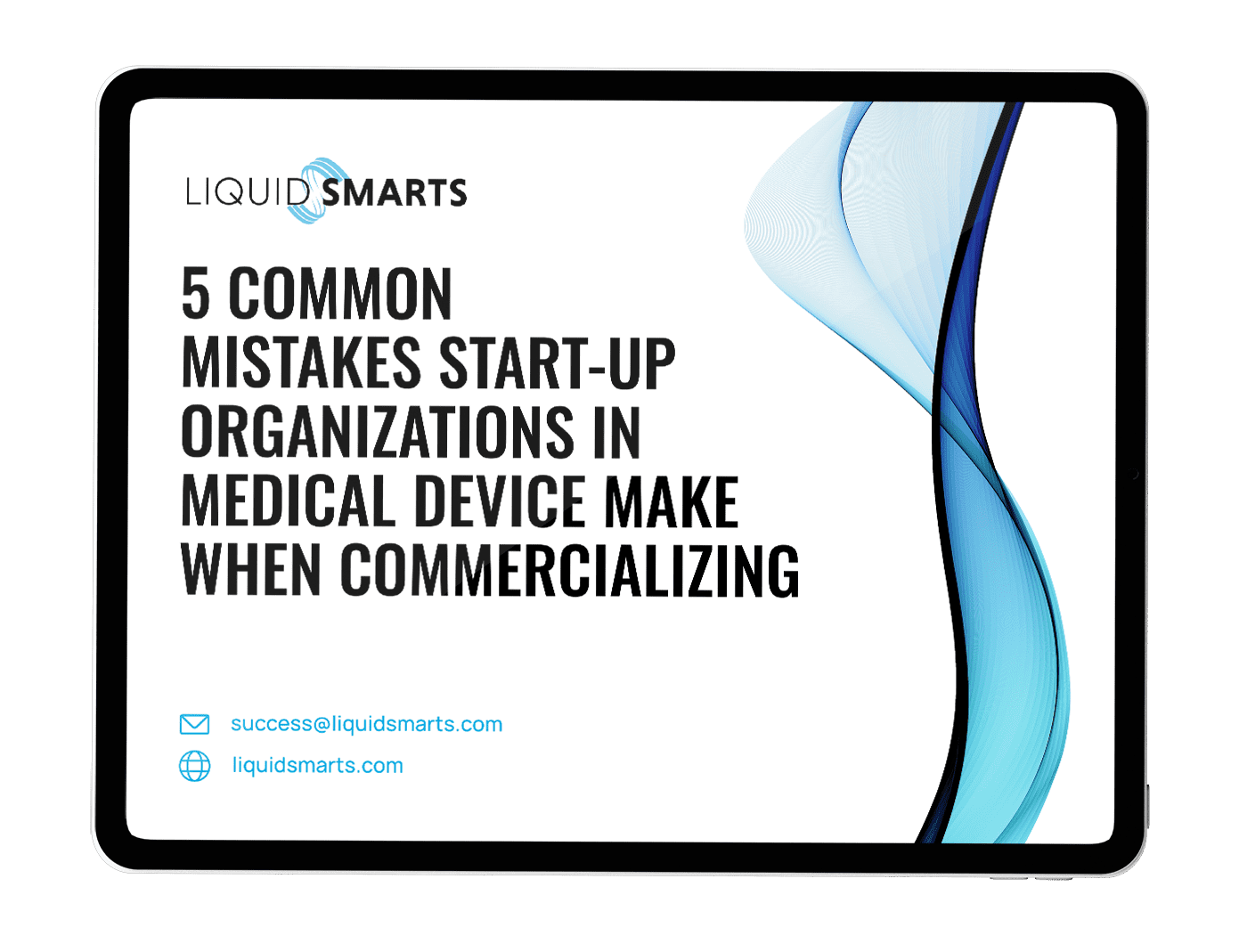As the healthcare industry continues to experience tremendous growth and complexity, understanding how hospital payment systems work has become an increasingly daunting challenge.
Despite the difficulties presented by a constantly evolving field, one must have a firm grasp on the intricacies of hospital payment systems to maximize revenue potential, improve customer satisfaction, and ensure compliance with all relevant regulatory requirements.
Let’s explore the various nuances of billing processes used throughout hospitals so that you can effectively navigate through what is often seen as a complicated landscape.
The Chaotic Pricing of Hospital Services
The pricing of hospital services can appear chaotic and opaque. Very few patients understand how their hospital bills are calculated. This confusion is partly due to the variety of services offered by hospitals, each with its unique pricing, and the presence of obscure items on bills that patients often struggle to decipher.
The complexity is further amplified by the fact that different payers use different methods to determine how much they pay hospitals. For example, the federal Medicare program for the elderly typically pays hospitals a flat fee per hospital case, with different per-case prices for each of around 750 distinct diagnostically related cases (DRGs). Medicare set these payments in 1983, which have since been updated annually and recalibrated. The last significant change was the adoption of MS-DRGs in 2015.
MS-DRGs are a system used to classify inpatient hospital stays into groups based on similar clinical characteristics and resource use. This system helps hospitals and healthcare providers to determine the cost of care for patients accurately and ensures that patients receive appropriate care based on their condition. Overall, MS-DRGs are designed to improve the quality of care for patients and manage healthcare costs.
In contrast, in the federal-state Medicaid program for the poor, blind, and disabled, hospitals receive either case-based payments (DRGs), a set amount of dollars per day of inpatient stay (per-diem payments), or fees for individual services and supplies (fee-for-service or FFS payments). Private insurers, on the other hand, commonly pay hospitals based on per-diems or fee-for-service schedules.
The Role of the Charge Master
Determining payments for medical services and supplies involves using a hospital’s “chargemaster,” which provides a comprehensive list of prices. Private insurers negotiate annual discounts with each hospital based on this list, which is periodically updated using the hospital’s unique process.
As a result of these variations, prices for specific services can significantly differ across hospitals within a given state. Therefore, if you are a patient, it is imperative to review healthcare costs and compare prices across different providers carefully to ensure you receive fair and appropriate pricing for the care you need. If you sell to hospitals, it pays to investigate whether the chargemaster is updated to reflect current rates for your targeted procedure or service.
The Enigma of Price Variation
The cost of essential medical services varies significantly between hospitals due to their pricing process. This variation does not seem to be related to the quality of care. It is caused by the bargaining power of the parties involved, and unfortunately, the uninsured, who have no market power, are often charged the highest prices.
Individuals need to know the varying costs of medical services at different hospitals. While the quality of care may not differ significantly, the parties’ bargaining power can result in higher prices for the uninsured. Considering all options and potential costs before making healthcare decisions is crucial.
The Prospective Payment System (PPS)
The Prospective Payment System (PPS) used by Medicare is a method of reimbursing hospitals based on a predetermined, fixed amount for specific services. This system is used for healthcare services, including acute inpatient hospitals, home health agencies, hospices, hospital outpatient, inpatient psychiatric facilities, inpatient rehabilitation facilities, long-term care hospitals, and skilled nursing facilities.
The payment for a specific service is determined based on the classification of that service, such as the use of diagnosis-related groups for inpatient hospital services. This system aims to promote efficiency and cost-effectiveness in the healthcare system by providing a fair and consistent payment structure for healthcare providers.
The Diagnosis-Related Group (DRG) Payment System
The DRG payment system is a way to simplify the payment process for hospitalizations. Medicare and some private health insurance companies use this system to pay hospitals a fixed amount based on the care required during a patient’s stay. This fixed amount is assigned based on the DRG code assigned by the hospital upon the patient’s discharge.
The idea behind the DRG payment system is to incentivize hospitals to provide efficient and effective care, as they are paid a fixed amount regardless of the actual cost of treating the patient. While this system has its benefits, it’s worth noting that it can also lead to hospitals discharging patients earlier than necessary to maximize their profits.
The Intricacies of DRG Payment
Medicare’s DRG system, known as the Medicare severity diagnosis-related group (MS-DRG), determines hospital payments under the inpatient prospective payment system (IPPS). It classifies various diagnoses for inpatient hospital stays into groups and subgroups so that Medicare can accurately pay the hospital bill.
The MS-DRG system involves categorizing different diagnoses based on their severity and complexity. Each category is assigned a payment weight, which is used to calculate the hospital’s reimbursement for the patient’s stay. The MS-DRG system is constantly updated to reflect changes in medical practices and technology accurately. The system ensures that hospitals are fairly compensated for their care to Medicare patients.
Determining Hospital Payments
The most straightforward path to determine the hospital payment is to review the last payment for the same or similar DRG. When estimating an expected payment change, an analyst will note that each DRG is assigned a relative weight based on the average amount of resources it typically takes to care for a patient assigned to that DRG.
This relative weight is then multiplied by the hospital’s base payment rate to determine the payment for that patient’s care. These are added to give every hospital a different reimbursement for a similar procedure. Determining the actual cost requires revisiting the complex algorithm hospitals use to calculate the appropriate reimbursement for a patient’s hospital stay and assigning a cost to each item.
The Hospital’s Base Payment Rate
The base payment rate is broken down into a labor portion and a non-labor portion, with the labor portion adjusted based on the wage index in each area. The base payment rate can be influenced by various factors, such as whether the hospital is a teaching hospital, whether it’s located in a rural area, and whether it caters to a disproportionately high number of poor and uninsured patients.
The Impact of Payment Systems on Hospital Revenue
Implementing payment systems like the MS-DRG system has significant implications for hospital revenue. Hospital groups have argued that increased base payment rates due to improved coding have resulted in lost revenue. In contrast, hospitals in rural areas have experienced increased financial struggles, with hospital closures becoming more common in recent years.
As evidence, understanding the complexities of hospital payment systems is no small task and can require a deep dive into different regulations and guidelines. However, being knowledgeable about the shift of healthcare payment rates from fee-for-service to value-based means that those who take the time to learn and become an expert in these fields have the opportunity for intense development and improvement for hospitals and health systems.
Policymakers, reimbursement coordinators, charge capture specialists, and analytics professionals will benefit significantly by knowing what is necessary to ensure hospitals maximize reimbursements.
By becoming well-informed on how hospitals get paid today, these same professionals will be poised to adjust rapidly when even more drastic changes come.
Ultimately, with knowledge about such crucial infrastructure comes the immense potential for growth and success as our nation’s healthcare system continues its march toward a new frontier.







